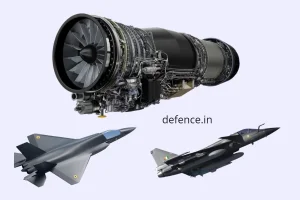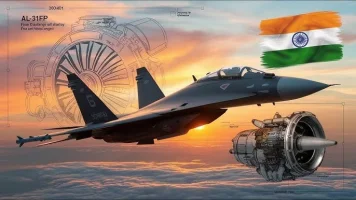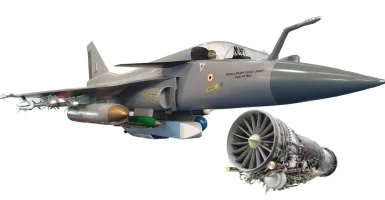- Views: 4K
- Replies: 24

The allure of developing cutting-edge 6th generation fighter jets is undeniable. However, India should proceed with caution, considering the significant strategic and economic challenges such an endeavor presents.
The United States Air Force’s Next-Generation Air Dominance (NGAD) program offers a sobering reality check. With an estimated cost of $300 million per unit, 6th generation jets represent an astronomical leap from the current generation of fighters. To put this in perspective, they are over three times more expensive than the Su-30MKI and significantly pricier than even the Rafale.
Beyond the initial acquisition cost, operational expenses are projected to be immense, exceeding $40,000 per hour. This represents a substantial financial burden, particularly for a developing nation like India.
Furthermore, the strategic landscape is likely to evolve drastically by the 2040s. Investing heavily in a single, extremely expensive platform might not be the most prudent approach. A more diversified strategy, encompassing advancements in unmanned aerial vehicles, directed energy weapons, and cyber warfare capabilities, could offer a more balanced and effective defense posture.
India’s own AMCA program, touted by its engineers as a “5.5 generation” fighter jet, presents a more realistic and achievable goal for the near future. Focusing on the AMCA’s development and ensuring its successful integration into the Indian Air Force would be a more pragmatic step toward modernizing India’s air power.
While the dream of fielding 6th generation fighter jets might be tempting, India would be wise to exercise restraint and prioritize a more balanced and sustainable approach to defense modernization.



